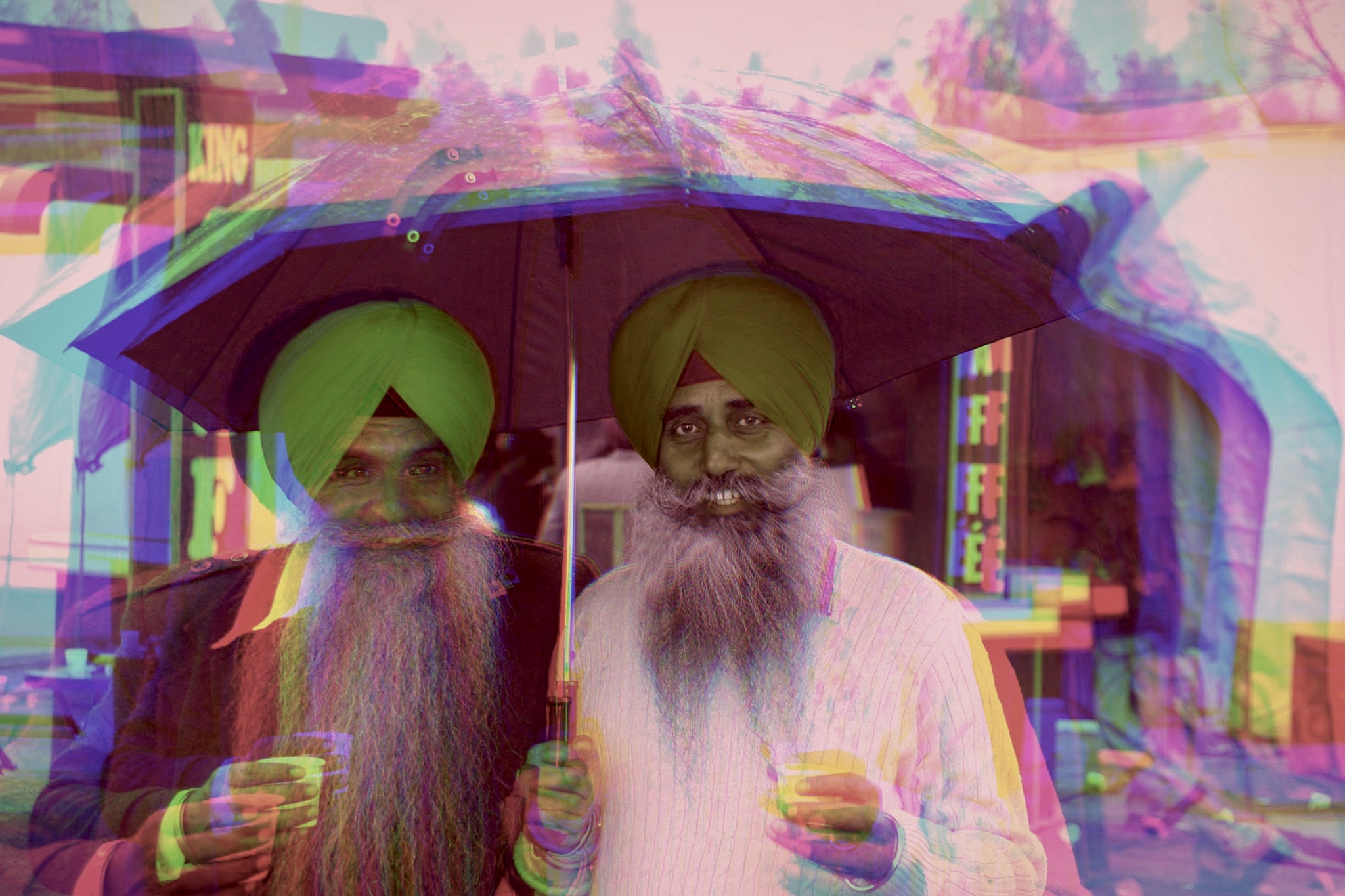[Written by Aisha Patel]
[Image Credits Isabelle Hunt-Deol]
As we are in the midst of winter, we may have said goodbye to bindi-wearing festival goers and geishas bobbing for apples, but the ongoing debates and conversations around cultural appropriation will continue to arise, especially when discussing style or beauty. In a city like Glasgow we’re lucky to have found ourselves surrounded by constant cultural exchanges and experiences, whether it be the annual mela that transforms Kelvingrove Park, or a wedding procession in Central Station. However, it has become increasingly difficult to distinguish where the line lies between appreciating culture and appropriating it, pushing us to question where we stand on the line and how to avoid crossing over.
Cultural appropriation isn’t always as blatant as Kim Kardashian’s cornrows or Justin Trudeau’s blackface. Other common elements of cultural appropriation can include traditional Native American headdresses, sombreros, kimonos, Dashikis or perhaps even Polynesian tribal tattoos. When looking at the fashion industry, we are bound to see high-fashion offenders every season. A couple of examples is Gucci, who sent Sikh turbans down their runway and Dior when they enlisted Johnny Depp to explore his ‘Native American soul’ in an advert for Sauvage. What’s wrong with Depp’s journey, you might ask? The unavoidable and alarming colonial undertones of a white ‘explorer’ wandering through a wild, unoccupied landscape as a young Native American man performs and a Native American woman cloaked in wolfskin peers. The indigenous people are positioned as props in Depp’s journey, when in reality his journey stems from a very brutal reality. These companies tend to ignore the deeply pained pasts of the cultures they take their influence from, without acknowledging this said influence. Through that lack of credit comes ignorance and insensitivity. Herein is exactly where the issue lies.
Amandla Sternberg made a comment in 2015 relevant to our conservation, “appropriation occurs when a style leads to racist generalisations where it occurred but is deemed as high fashion or cool when the privileged take it for themselves.” A perfect example of this is when Kim Kardashian was generally considered free to wear her Fulani braids without consequence, meanwhile, discrimination based on hairstyles was only officially banned in February in New York City. If you simply take from another culture with no real understanding of the implications, you are fuelling a harmful system. A system which minimises the pasts of these communities but perpetuates harmful stereotypes.
Nevertheless, the constant conversations surrounding cultural appropriation should not limit us from embracing or enjoying cultures outside of our own, as we find ourselves in Glasgow, a city brimming with cultures from across the world. There is a clear difference between cultural appropriation and cultural appreciation; appreciation finds us exchanging, learning and examining different cultures to broaden our perspectives and connect with others, unlike appropriation which can be reducing cultural wear to bold fashion statements. If you find yourself wearing a Sikh turban down the runway at Paris Fashion week, that’s appropriation. But being adorned with a turban at the Glasgow Gurdwara by members of the Sikh community is not. Wearing a bindi to a techno rave is appropriation, unlike if you were to attend a Hindu or South-Asian friend’s wedding. Similarly, wearing a hijab or a keffiyeh as part of a Halloween costume is quite clearly appropriation. However, if you visit a mosque or protest in solidarity for Palestine, you aren’t appropriating but rather appreciating. The line between appropriation and appreciation is context-dependent; you must question yourself to successfully draw your own line. Why do I want to wear this? What significance does this item hold? Will my actions perpetuate a stereotype or stigma? I believe it is sometimes this lack of self-questioning that pushes cultural appropriation further, we become unaware of our positions of privilege and rather fall into a place of ignorance rather than expand our knowledge of cultures.
Ultimately, trying to distinguish and differentiate between appropriation and appreciation is difficult, but attempting to establish a line between the two can help tackle the issue. Doing so forces individuals to become conscious of their actions and prioritise the cultural values of these marginalised communities. Personally, I believe that the interactions between people from a variety of cultures helps broaden our perspectives, and it is this element which can serve as the key to appreciating the cultures that are so easily appropriated.


Such a interesting and enjoyable read! It is so true, there is such a fine line between appropriation and appreciation, however they can have such contrasting effects. So well written 🙌🏼